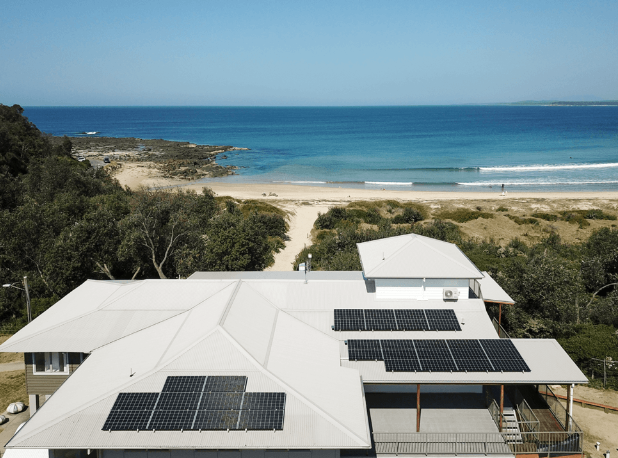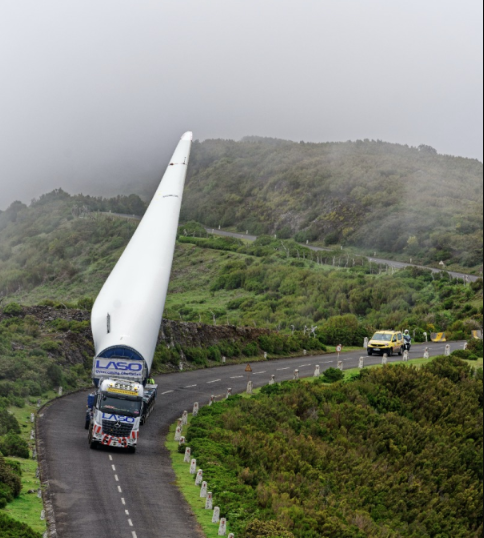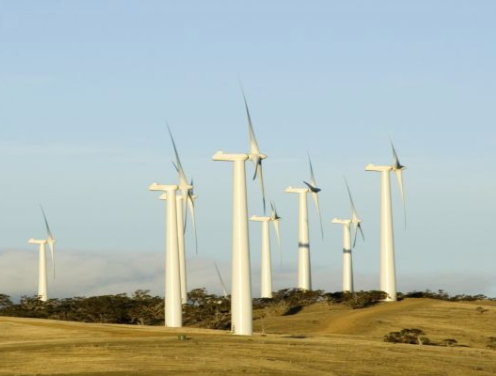RENEWABLE ENERGY FACT SHEETS
Want to know more about renewable energy in your area?
Get fact-based insights on the key issues Australian communities care about regarding renewable energy projects.

GOING ELECTRIC
Looking to install rooftop solar and batteries?
Find an Approved Seller with NETCC: search over 1,500 Australian retailers of solar, battery storage, EV chargers and more, committed to consumer protection.

More for consumers

Check if your installer is accredited
Solar Accreditation Australia now offers the service to help you check if your installer is currently accredited.

Discover the renewable energy industry
Gain a foundational understanding of the renewable energy landscape, technologies and industry dynamics. Designed for students, career-switchers and those wanting to find out more about renewable energy.

Feedback and complaints
Find out who to talk to if you have a complaint about a renewable energy service or product.
BUILDING THE FUTURE
Energising Australia
It can be hard to visualise the scale of production and cracking pace at which the renewable energy industry in Australia is already growing.
Our Energising Australia campaign highlights the important work happening all around Australia – through this video series, you can meet the many different people driving our nation-building renewable energy projects, which includes some of the world’s largest infrastructure.



Careers


Thinking about working in clean energy?

Former FIFO mine worker Jarred Alsop says being able to pick up his kids from kinder has been one of the benefits of working above ground.

School-leavers or those looking for a career change can use our Careers Guide to find which sectors suit your skills and interests.

Nearly 40% of Australia’s electricity generation now comes from renewable energy.
COMMUNITY STORIES
Working in clean energy together
Read more from people building a brighter future for all Australians through their work in the clean energy industry.



